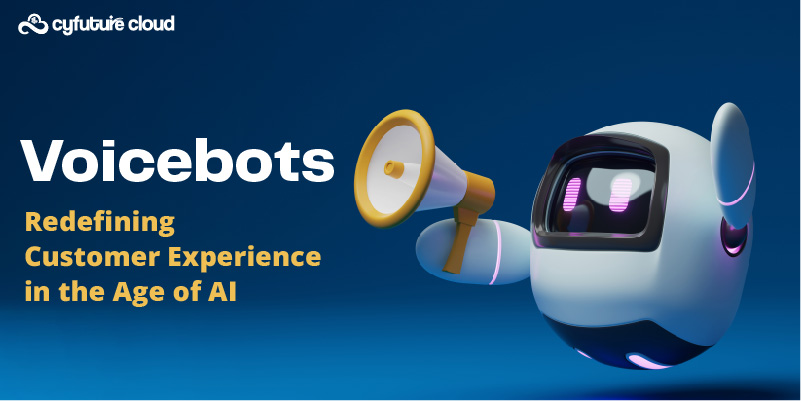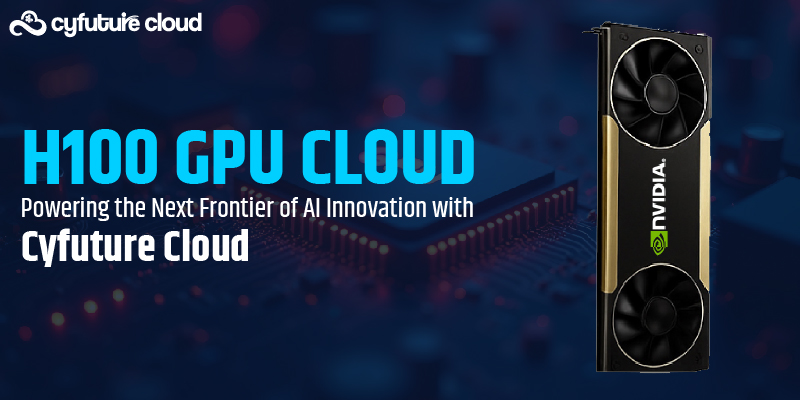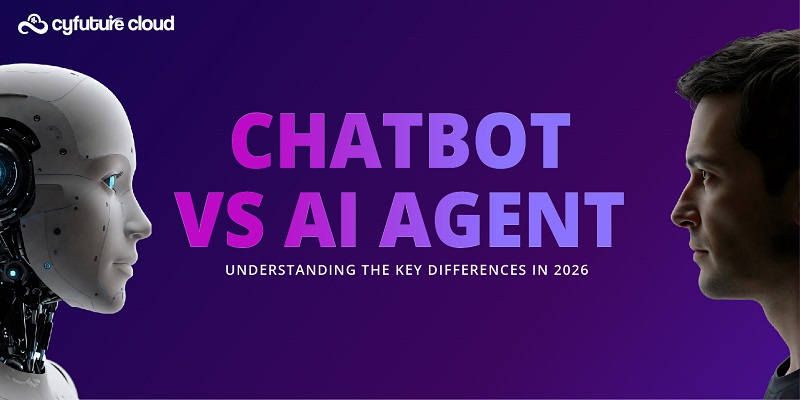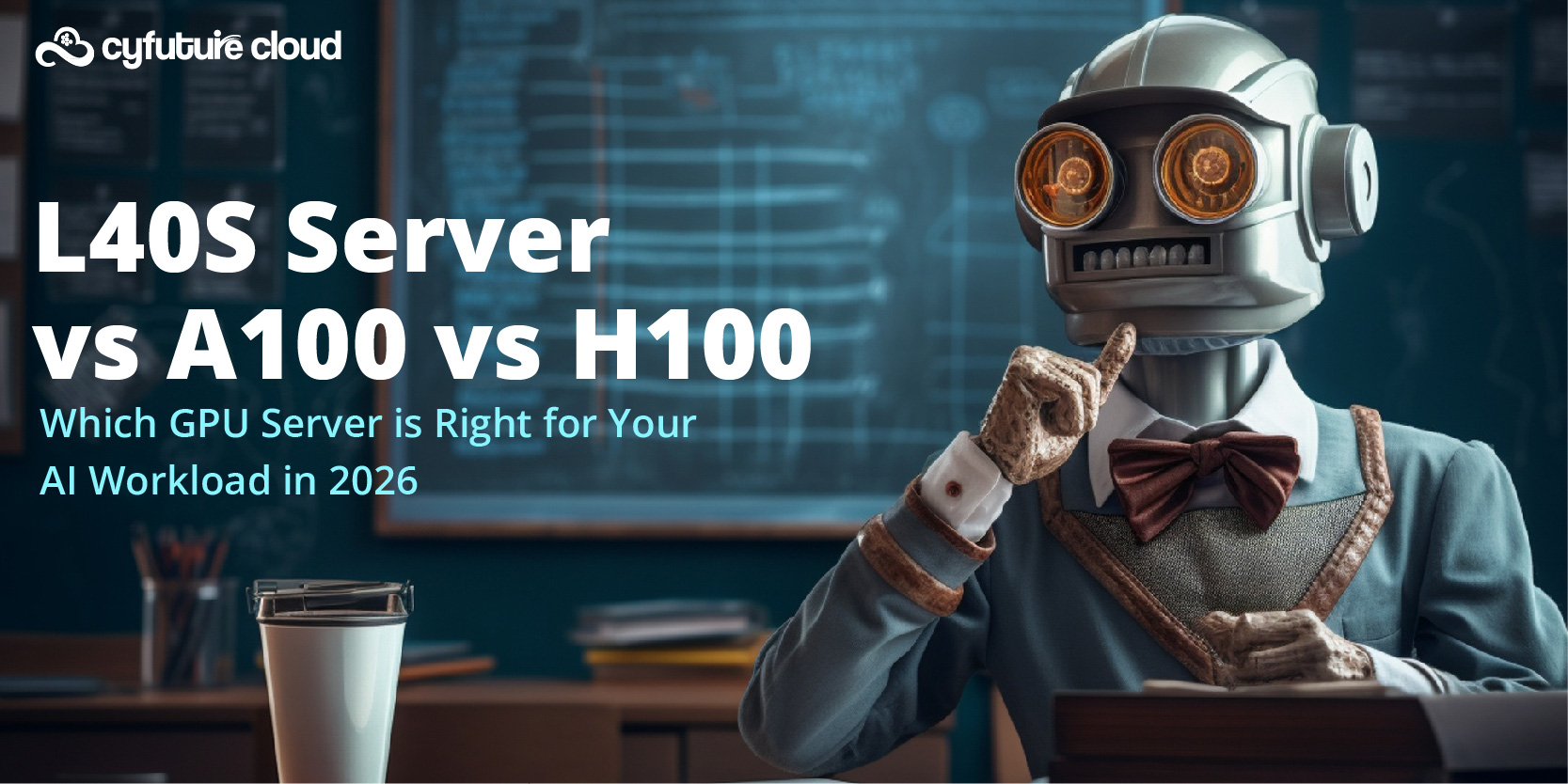Table of Contents
It is possible to speak about the shift in the field of AI in recent years, which can be attributed to factors such as the creation of deep learning algorithms and their ability to solve complex problems in different industries. For this purpose, there is now a vast escalating need for purpose-built technology, including Graphics Processing Units (GPUs).
However, organizations, however, especially those organizations that deal with a large volume of work in the field of artificial intelligence, can encounter problems with the management of GPUs. To be more specific, ineffective GPU utilization results in idle utilization, and this is not efficient as it leads to the wastage of valuable resources as well as additional costs. On the other side, there are possible problems, which stem from overutilization – bottlenecks, snags, and time-consuming processes that contribute to a decline in efficiency and productivity level.
According to a survey from AI Infrastructure Alliance, the current price of a single GPU instance ranges from $500 to $2000 per month. This cost may shoot up very fast for large companies that may be deploying hundreds or even thousands of GPUs. Thus, to minimize expenses and enhance the organization’s efficiency, there is a strong need to address the utilization of GPUs.
But if you want to know more about it, then it is advised to visit the blog and know more!
GPU Pools Overview
A collection of Graphics Processing Units (GPUs) that are controlled as a single resource pool are referred to as GPU pools. These pools are employed to effectively schedule and distribute GPU resources among various AI workloads inside an enterprise. GPU pools are especially helpful for businesses with extensive AI workloads since they improve resource efficiency and save costs.
The two primary categories of GPU pools are:
- Static GPU pools – A set number of GPUs are assigned to a particular task or team in a static GPU pool. The allotment of these resources does not change and is not shared with any other workloads or teams. For businesses with known workloads and resource needs, static GPU pools are beneficial.
- Dynamic GPU pools – Based on demand, resources are dynamically distributed and shared across several workloads or teams in a dynamic GPU pool. Because it enables better resource utilization and cost savings, this kind of pool is especially helpful for organizations with fluctuating workloads or resource requirements.
Advantages of using GPU pools:
Organizations can benefit from the utilization of GPU pools in a number of ways, including:
– Greater resource utilization: Organizations may guarantee that GPUs are utilized to their utmost extent by pooling resources, which lowers underutilization and wasteful resource usage.
– Flexibility: Greater flexibility in managing AI workloads thanks to GPU pools’ ability to dynamically allocate resources in response to demand.
– Cost reductions – Businesses may cut expenses related to overprovisioning and underutilization by effectively managing GPU resources.
– Enhanced productivity – By increasing the throughput of their AI pipelines, firms may boost productivity and shorten time-to-market. This is done by more effectively allocating resources and organizing their time.
– Improved performance – GPU pools may be tuned to cut down on processing time and eliminate bottlenecks, improving system performance as a whole.
Challenges in managing GPU pools
Although using GPU pools in AI pipelines has many advantages, managing these resources can be difficult for some organizations for the following reasons:
Limited GPU availability
Since GPUs are a scarce resource, factors like supply chain disruptions and market demand may limit their supply. Because of this, it may be challenging for businesses to acquire the necessary quantity of GPUs for their workload requirements, especially during periods of strong demand.
Uneven distribution of the workload
AI tasks may occasionally be dispersed unevenly across the GPU resources available. This may result in certain GPUs being underutilized while others are overutilized, which might have a detrimental effect on system performance and resource use.
Schedule conflicts and resource depletion
Conflicts over scheduling and GPU resources might arise when many AI tasks vie for the same resources. Delays, a drop in throughput, and poor system performance may occur from this.
Communication and data transfer overhead
Data transport and communication overhead can be a major problem in distributed GPU pools. The performance of the entire system may be impacted by the time-consuming nature of moving data across GPUs.
To successfully manage GPU pools, organizations must be aware of these problems and take steps to address them. This may involve implementing workload balancing techniques to distribute jobs fairly, enhancing scheduling algorithms to prevent contention and disputes, and implementing high-speed data transfer techniques to reduce communication and data transfer costs. By implementing the proper management practices, businesses may get beyond these barriers and benefit from GPU pool administration that is effective and reasonably priced.
Best Practices for Managing GPU Pools Efficiently
Organizations may use a number of best practices to manage GPU pools efficiently and get beyond the difficulties outlined in the preceding section:
Tracking and observing GPU utilization
Monitoring and tracking GPU usage is crucial for ensuring effective resource utilization and spotting any possible problems. This includes monitoring parameters for temperature, memory use, and GPU use. Organizations can discover possible bottlenecks or underused resources and take necessary action by monitoring these data.
Workload distribution and load balancing
Organizations may use load balancing and workload distribution strategies to make sure that workloads are distributed evenly among the GPU resources that are available. This entails allocating workloads to available resources in accordance with the workload’s specifications, such as the amount of GPU memory or processing power needed.
Setting job priorities and schedules
Organizations can prioritize and schedule projects based on their priority and resource needs to manage contention and scheduling problems. This includes putting in place work scheduling algorithms that rank tasks according to their importance and the availability of necessary resources.
Effective communication and data transfer
Organizations can use effective data transfer methods, such high-speed interconnects and data compression algorithms, to lower data transfer and communication overhead. This can boost system efficiency and lessen the effect of data transmission on throughput as a whole.
Adjusting the GPU resources’ scale
Organizations may scale up or down GPU resources based on demand to make sure that GPU resources are utilized effectively. In order to maximize resource utilization, this includes dynamically adding or deleting GPUs from the pool based on task requirements.
Organizations may efficiently and affordably manage their GPU pools by putting these best practices into practice. This can result in higher system performance overall, greater resource usage, less contention, and fewer scheduling conflicts.
Tools for Managing GPU Pools
To help organizations manage their GPU pools efficiently, there are several tools and solutions available. These include both open-source tools and cloud-based solutions.
Open-source tools for GPU management
There are several open-source tools available for managing GPU resources, including:
– Kubernetes: Kubernetes is an open-source container orchestration system that includes features for managing GPU resources. It provides a framework for deploying, scaling, and managing GPU-accelerated workloads across a cluster of GPU nodes.
– TensorFlow: TensorFlow is an open-source machine learning framework that includes support for GPU acceleration. It includes features for managing and scheduling GPU resources, allowing organizations to optimize GPU utilization and improve system performance.
– Horovod: Horovod is an open-source distributed training framework that includes support for GPU resources. It includes features for managing and distributing GPU-accelerated workloads across multiple GPUs, allowing organizations to scale their training pipelines efficiently.
Cloud-based solutions for GPU management
Cloud-based solutions provide a range of tools and services for managing GPU resources. These include:
– Amazon Elastic Compute Cloud (EC2) instances: Amazon EC2 instances provide a range of GPU instances optimized for different workloads. These instances include features for managing GPU resources, such as automated scaling and instance management tools.
– Google Cloud AI Platform: Google Cloud AI Platform provides a range of tools and services for managing GPU resources, including GPU instances, job scheduling tools, and data transfer mechanisms.
– Microsoft Azure: Microsoft Azure provides a range of tools and services for managing GPU resources, including GPU instances, container orchestration tools, and machine learning frameworks.
By leveraging these tools and solutions, organizations can effectively manage their GPU pools and ensure efficient resource utilization.
Real-World Examples
There are several companies and organizations that have efficiently managed their GPU pools in AI pipelines. Here are a few examples:
NVIDIA Corporation
NVIDIA Corporation is a leading manufacturer of GPUs and also provides a range of software tools and solutions for managing GPU resources. NVIDIA has developed several tools, including the NVIDIA GPU Cloud and the NVIDIA Tensor Core, to help organizations manage their GPU resources efficiently. By leveraging these tools, organizations can optimize GPU utilization, improve system performance, and reduce costs.
Lessons learned:
- Leveraging specialized hardware and software tools can help organizations optimize GPU utilization and improve system performance.
- Proactively monitoring GPU usage can help identify potential bottlenecks or underutilized resources.
- Implementing job scheduling algorithms can help manage contention and scheduling conflicts.
Baidu
Baidu, a Chinese multinational technology company, has developed several tools and solutions for managing GPU resources in their AI pipelines. They have developed a distributed deep learning platform called Deep Image, which uses a combination of machine learning algorithms and parallel computing techniques to optimize GPU utilization. By leveraging this platform, Baidu has been able to significantly reduce training time and improve system performance.
Lessons learned:
- Leveraging distributed computing techniques can help optimize GPU utilization and improve system performance.
- Prioritizing and scheduling jobs based on their importance and resource requirements can help manage contention and scheduling conflicts.
- Implementing efficient data transfer mechanisms can help reduce data transfer and communication overhead.
CERN
CERN, the European Organization for Nuclear Research, has developed several tools and solutions for managing GPU resources in their AI pipelines. They have implemented a hybrid cloud infrastructure that includes both on-premises and cloud-based GPU resources. By leveraging this infrastructure, CERN has been able to scale their GPU resources dynamically based on demand and optimize resource utilization.
Lessons learned:
- Scaling up or down GPU resources based on demand can help ensure efficient resource utilization.
- Implementing a hybrid cloud infrastructure can help organizations leverage both on-premises and cloud-based resources to optimize resource utilization.
- Load balancing and workload distribution techniques can help ensure even distribution of workloads across available GPU resources.
By observing the best practices and lessons learned from these companies, organizations can effectively manage their GPU pools in AI pipelines and optimize resource utilization to improve system performance and reduce costs.
Conclusion
For businesses trying to integrate AI into their workflows, effective GPU pool management is crucial. Organizations may enhance system performance, save costs, and shorten time to market by controlling contention and scheduling conflicts, maximizing GPU use, and managing scheduling conflicts.
Organizations may successfully manage their GPU resources by applying best practices for managing GPU pools, including monitoring GPU utilization, load balancing workloads, prioritizing and scheduling operations, and putting in place effective data transmission protocols.
Additionally, using tools and services like Kubernetes, TensorFlow, Horovod, Amazon EC2, Google Cloud AI Platform, and Microsoft Azure can assist businesses in optimizing GPU utilization, scaling GPU resources dynamically, and enhancing the performance of their AI pipelines.
Therefore, in order to maintain their competitiveness in the AI market and maximize the capabilities of their AI pipelines, businesses and organizations are urged to adopt best practices and tools for effective GPU management.
Recent Post
Send this to a friend

 Server
Colocation
Server
Colocation CDN
Network
CDN
Network Linux
Cloud Hosting
Linux
Cloud Hosting Kubernetes
Kubernetes Pricing
Calculator
Pricing
Calculator
 Power
Power
 Utilities
Utilities VMware
Private Cloud
VMware
Private Cloud VMware
on AWS
VMware
on AWS VMware
on Azure
VMware
on Azure Service
Level Agreement
Service
Level Agreement 



















